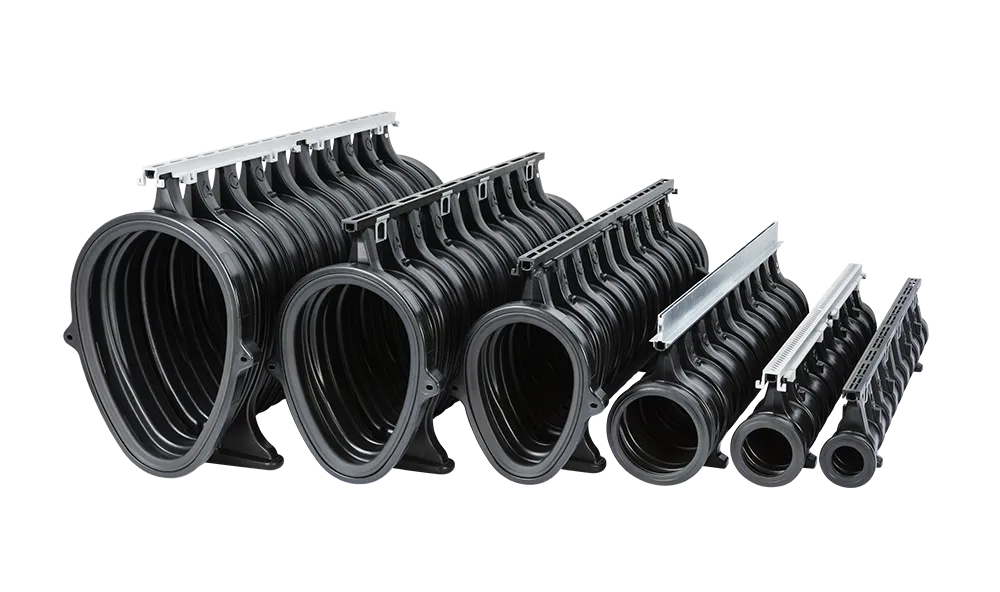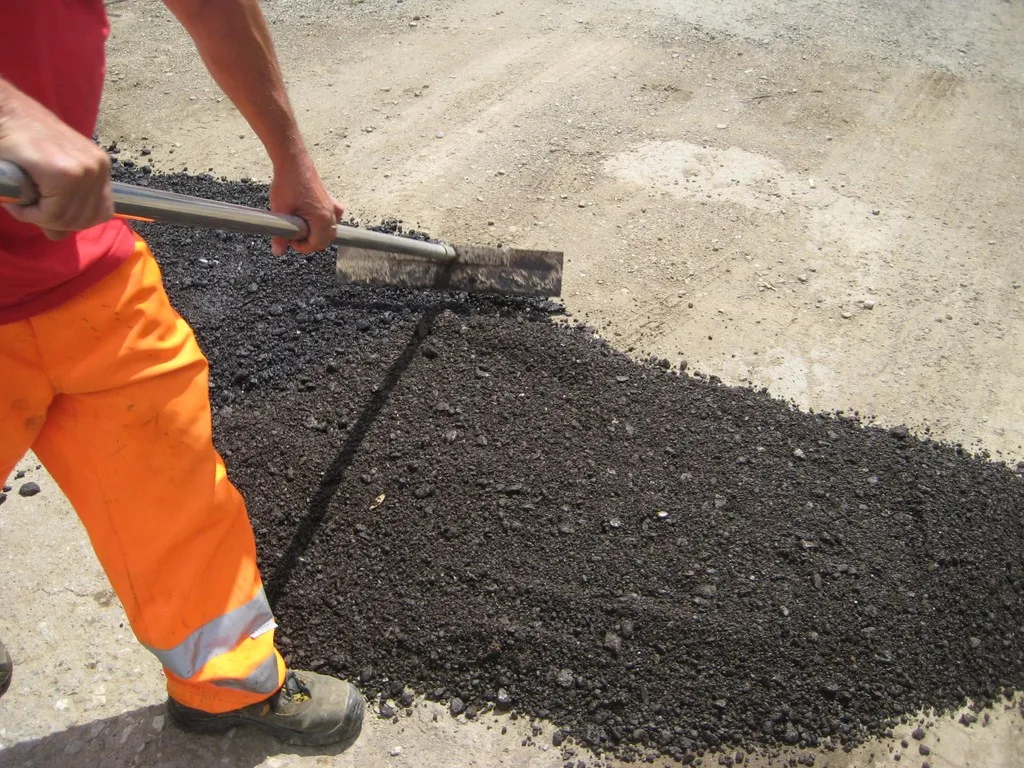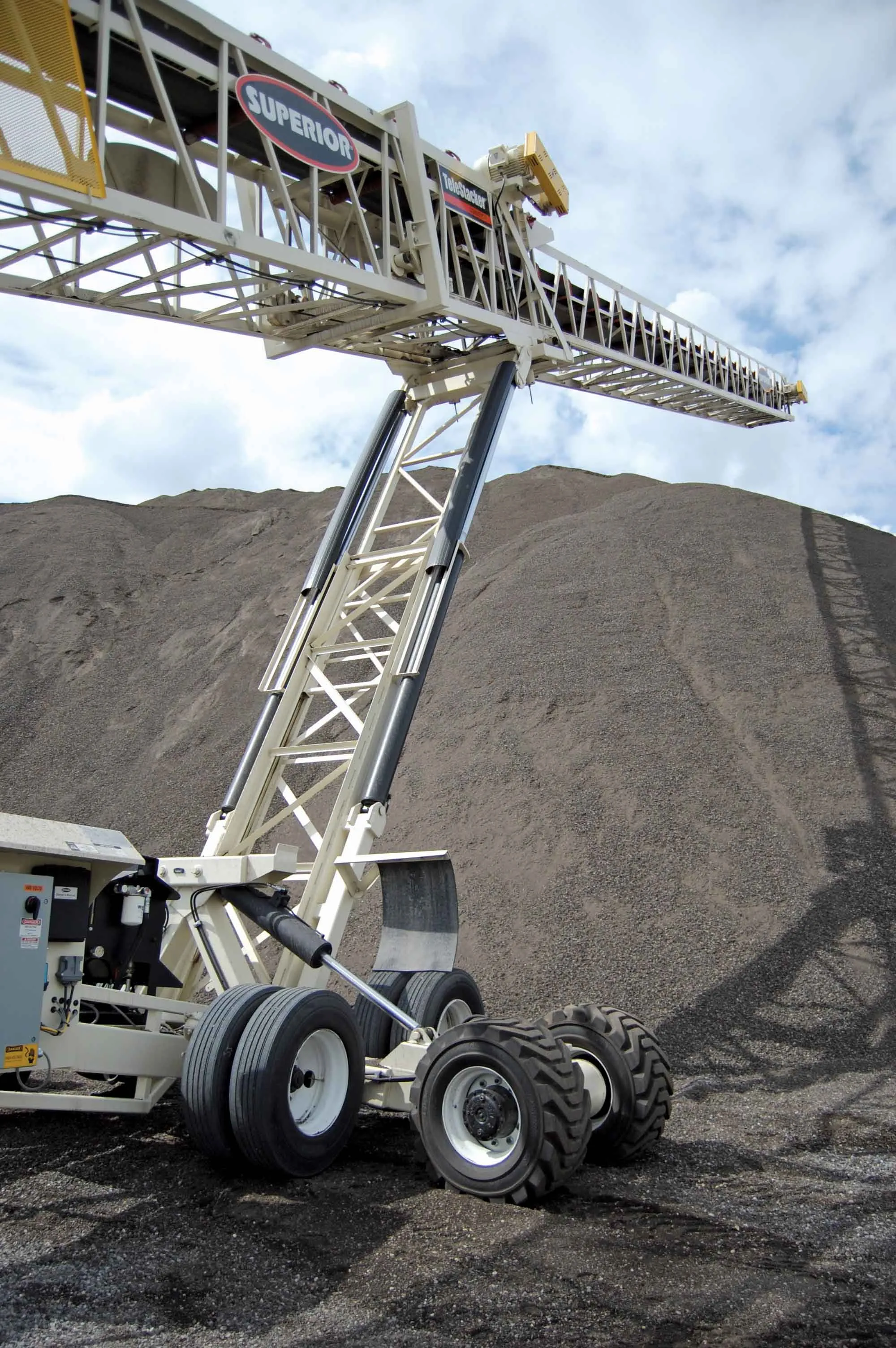
The two new rails are compatible with all ACO Qmax channels, which are available in six sizes, and are available in both black and grey finishes. The composite material is an effective barrier against oxidisation in the rails. When fully installed, the Qmax channels and composite edge rails are certified to the highest load class available, F 900.
According to ACO, the Qmax range suits heavy- duty applications. The units are also said to be easy to install and help improve finish. The firm adds that its Qmax channels can also help to minimise the number of drainage runs required in a project and greatly simplify the connection to existing infrastructure. The larger Qmax channels can be used to allow effective attenuation in order to reduce stormwater carry-over.
Manufactured from Polyethylene (PE), including recycled material, the lightweight material makes ACO Qmax easy to handle and quick to install, yet robust enough to withstand the rigours of typical heavy-duty installations.
The 2m-long channel units feature simple push-fit sealed connections, which help to separate surface pollutants created by vehicle traffic from groundwater. Step and channel connectors allow increased storage volume, while ease of maintenance is offered by dedicated access chambers.









